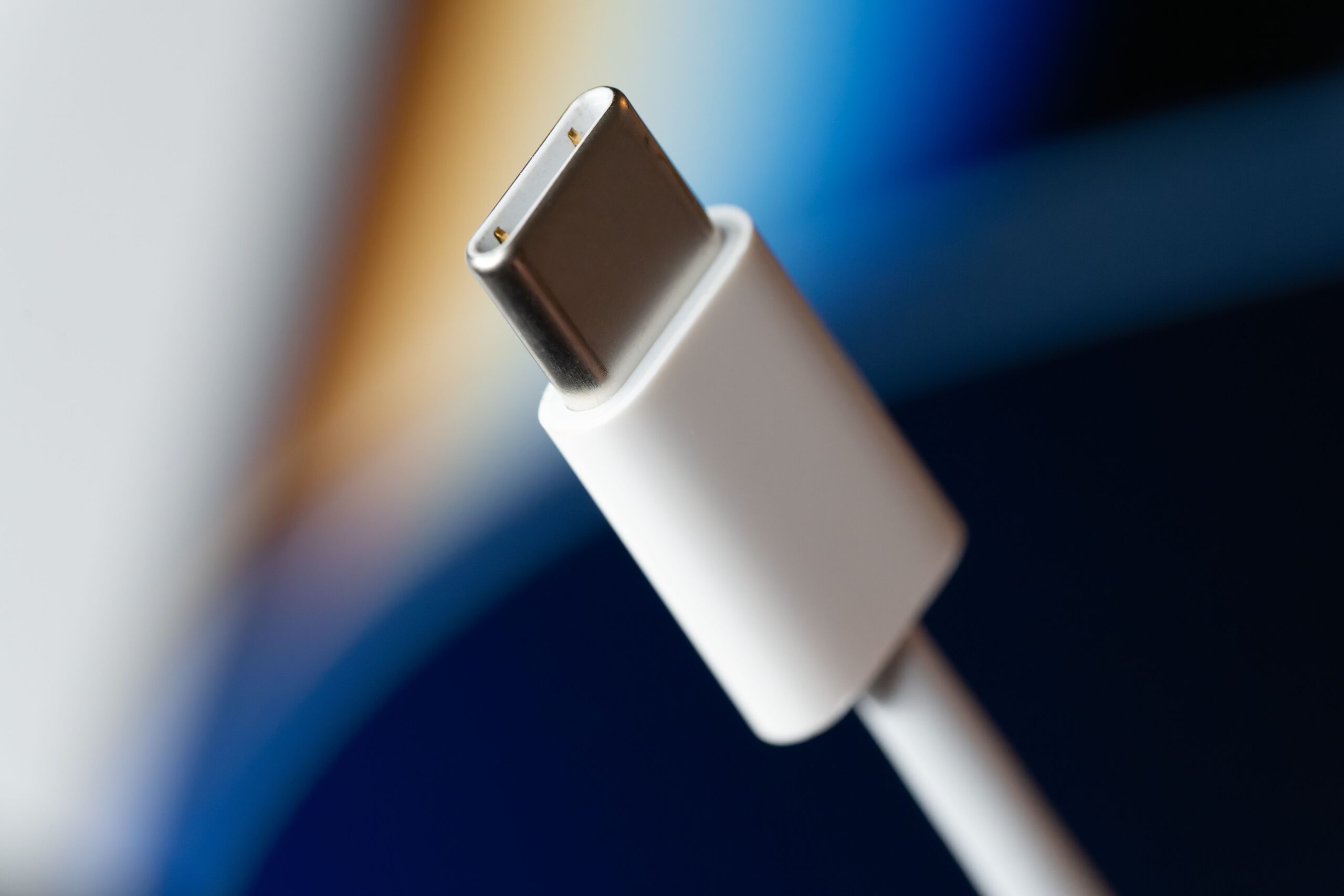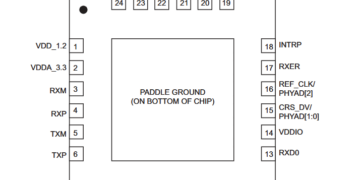
PCB USB-C Connectors are ubiquitous for their fast charging and reconfigurable high-speed data transfer.
As the latest update to the USB connector type format, USB-C offers unparalleled ubiquity across electronics for data transfer and power charging. From the designer’s perspective, USB-C has some additional considerations to weigh during layout to prevent poor performance. For any PCB USB-C connector implementation, the following design best practices will ensure excellent manufacturability and end-user satisfaction.
PCB USB-C Connector Layout Strategies
The pinout for USB-C, shown below, is standardized; however, the mechanical outline is not.
| PCB USB-C Connector Pinout | ||||||
| Pin | Name | Function | Pin | Name | Function | |
| A1 | GND | Return/voltage reference | B1 | GND | Return/voltage reference | |
| A2 | TX1+ | USB3.1 transfer | B2 | TX2+ | USB3.1 transfer | |
| A3 | TX1- | USB3.1 transfer | B3 | TX2- | USB3.1 transfer | |
| A4 | VBUS | Power | B4 | VBUS | Power | |
| A5 | CC1 | Detection | B5 | CC2 | Detection | |
| A6 | D+ | USB2.0 transfer | B6 | D+ | USB2.0 transfer | |
| A7 | D- | USB2.0 transfer | B7 | D- | USB2.0 transfer | |
| A8 | SBU1 | Alternate mode | B8 | SBU2 | Alternate mode | |
| A9 | VBUS | Power | B9 | VBUS | Power | |
| A10 | RX2- | USB3.1 transfer | B10 | RX1- | USB3.1 transfer | |
| A11 | RX2+ | USB3.1 transfer | B11 | RX1+ | USB3.1 transfer | |
| A12 | GND | Return/voltage reference | B12 | GND | Return/voltage reference | |
While general strategies are applicable for all versions of the USB-C connector footprints, the mid-mount SMT connector with EMI ground shielding is arguably the most difficult to route.
- Footprint verification – Designers need to ensure the accuracy of the footprint before soldering to minimize rework and yield losses. For long-term solder joint health, check the component’s planarity against the footprint (this will minimize stress/strain at the contact points).
- Via fanout – In most 2- and 4-layer designs with high-density interconnect (HDI) philosophies, vias are necessary for signal breakout because the combination of tightly-spaced pads and nearby through-hole pins reduces potential routes. 8/16-mil vias (8-mil hole, 16-mil pad) and 3-mil net spacing should provide adequate room for fanout between and around the pin rows. Avoid via-in-pad for USB-C fanout: in addition to being a cost adder, the narrow width of the pads versus the via diameter can cause uneven solder distribution during assembly.
- Differential pairs – Start by routing the SSRX/TX differential pairs on the top and bottom of the board layout. Regarding signal integrity, these are the most critical nets, and routing these first (or at least routing the breakout from the footprint) will reduce impedance by shortening differential pair traces and length-tuning.
- Power pour – USB-C connectors have a considerably high current draw of five amps. Designers will want to place ample copper to keep the impedance low for low electrical/thermal impedance. The copper can be all internal using an oversized pour on a split-plane layer combined with a stitching pour on the top/bottom layer or exclusively on the top/bottom. Copper pours on the outer layers don’t require as much space for the same electrical/thermal performance, but designers need to be more considerate with outer-layer fanout. Copper pours spanning the inner and outer layers require a via array to minimize impedance.
- Misc. – Lastly, designers will want to use a ground pour on the outer layers to ensure signal integrity and provide a good grounding for the chassis. For maximum protection, place ESD components as close as possible to the connector on both sides of the board.
Expansive Library Support with Ultra Librarian
PCB USB-C connector layouts can be challenging due to the numerous differential pairs and tight spacing between pin rows; however, a clever designer can accurately navigate the layout given some initial design tips. The best first step for any designer is to verify the footprint data of the USB-C connector and any supporting components. With millions of verified footprints and additional ECAD data, Ultra Librarian accelerates designs while ensuring manufacturability. Interested in learning more? Sign up for free with Ultra Librarian and see how your design workflow can flourish.
Working with Ultra Librarian sets up your team for success to ensure streamlined and error-free design, production, and sourcing. Register today for free.








